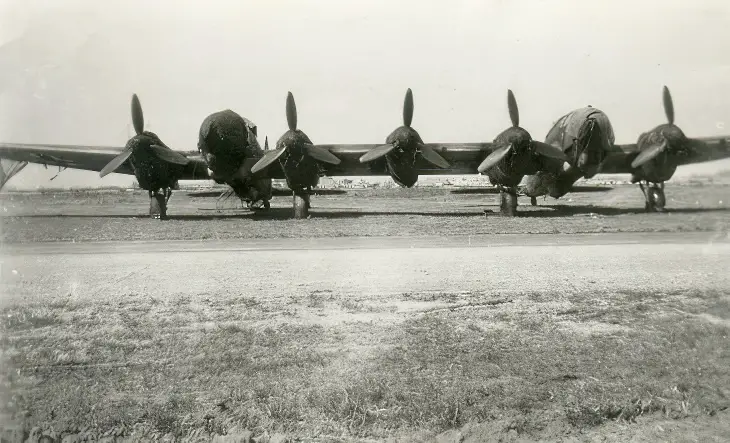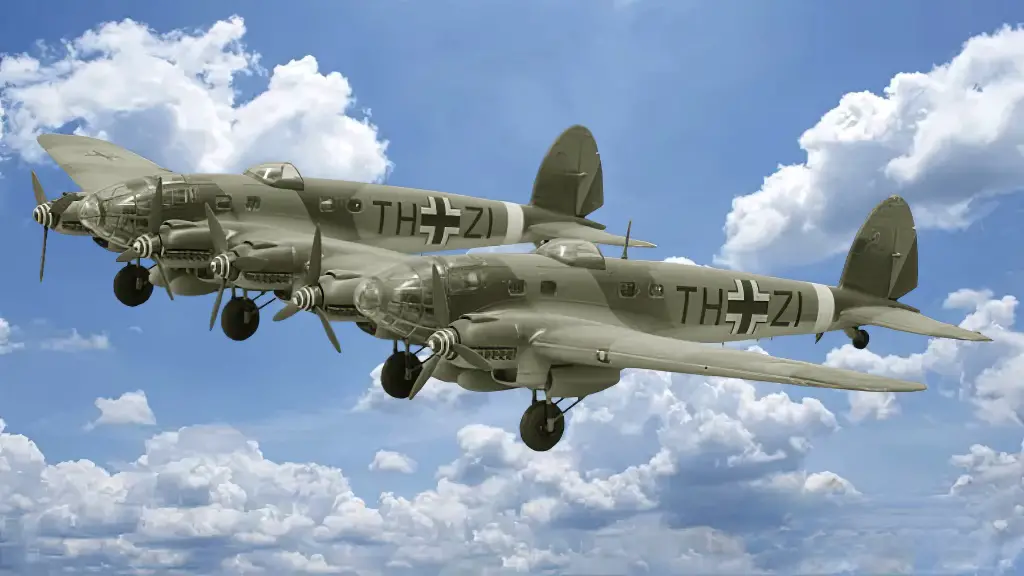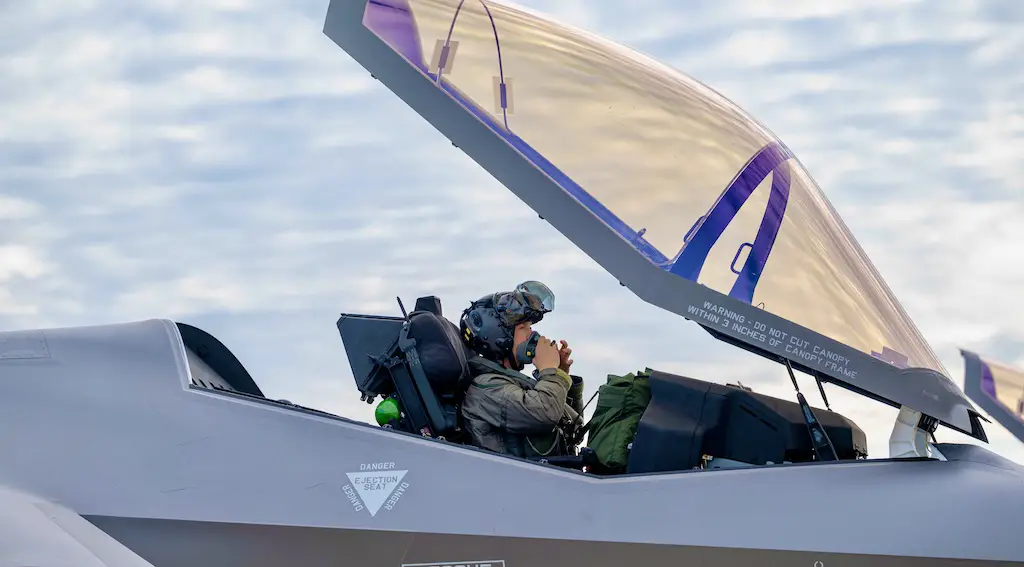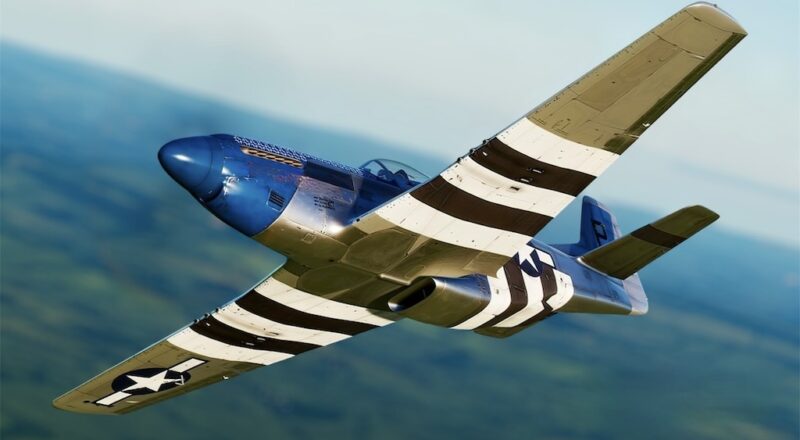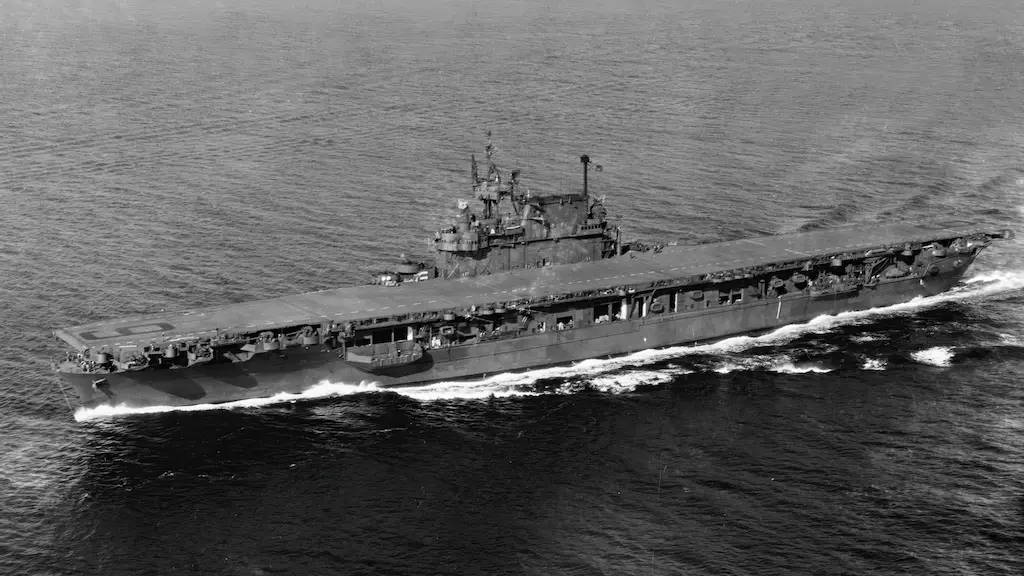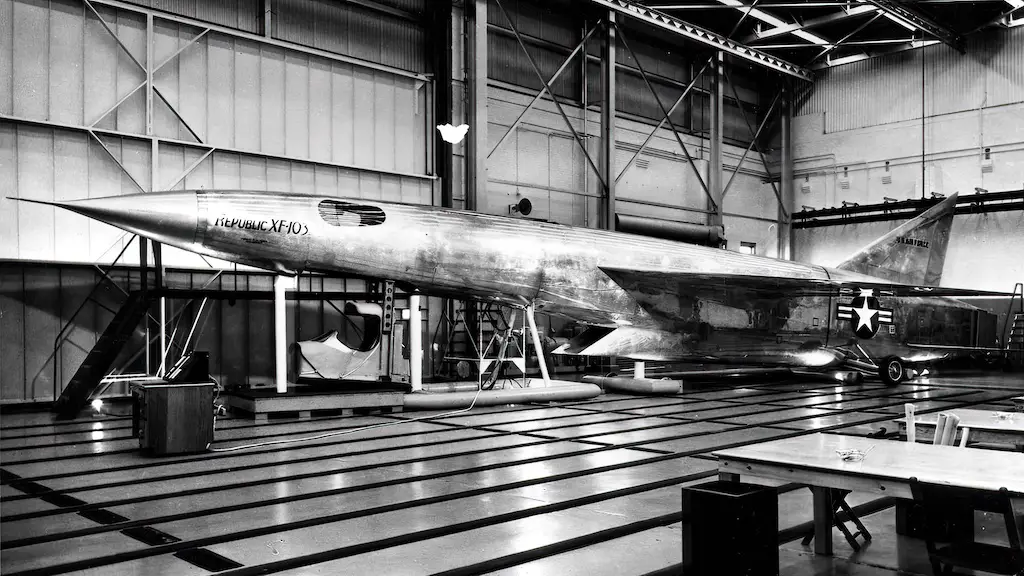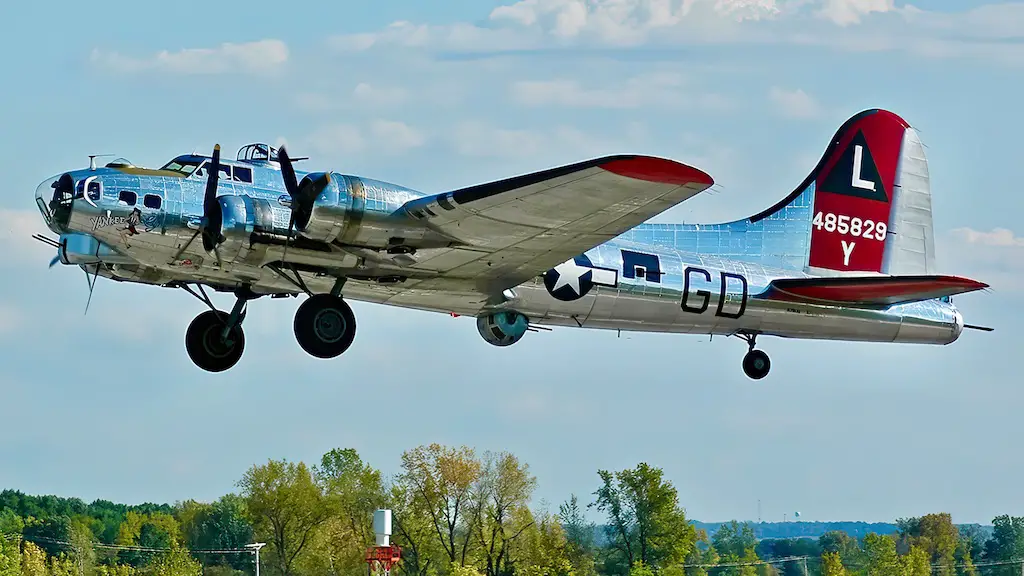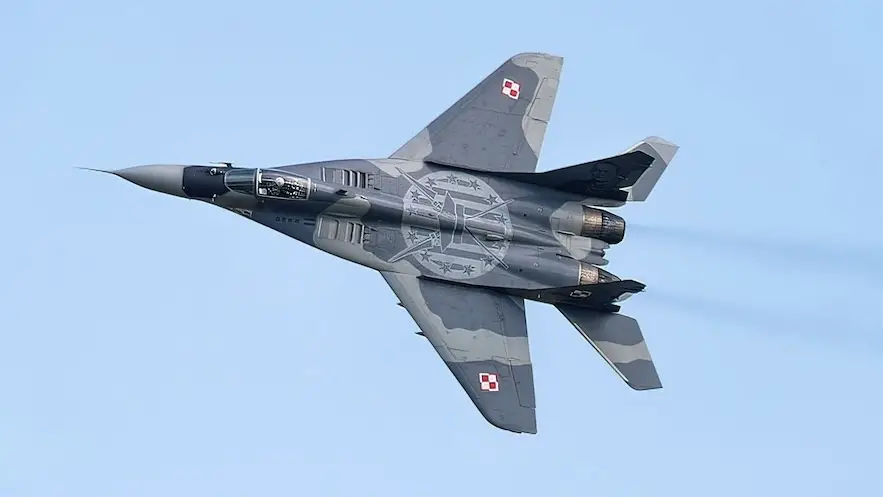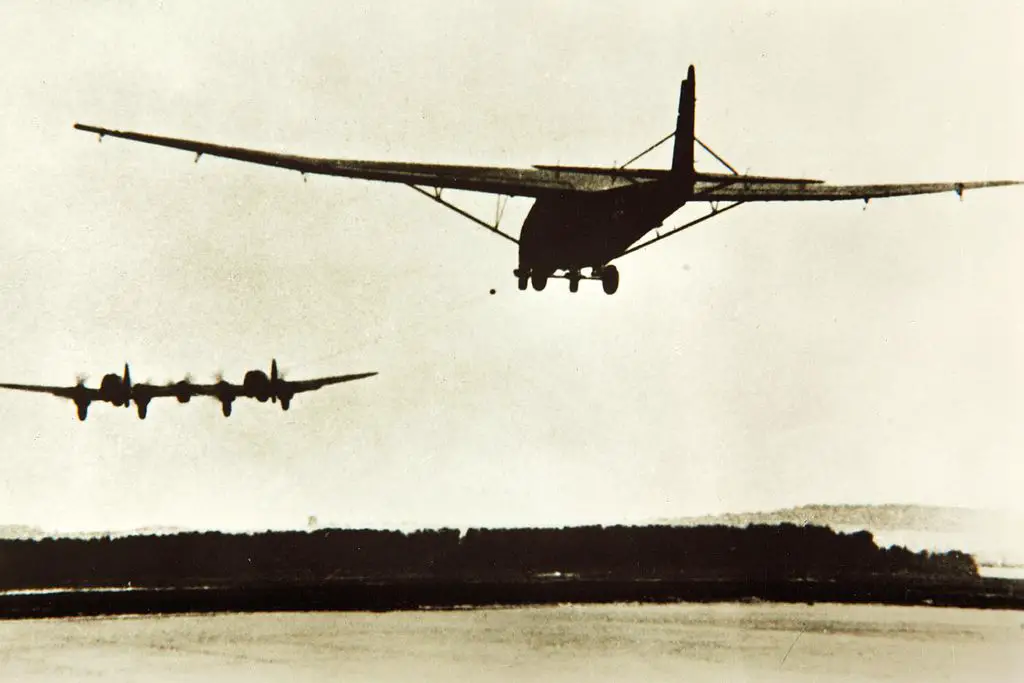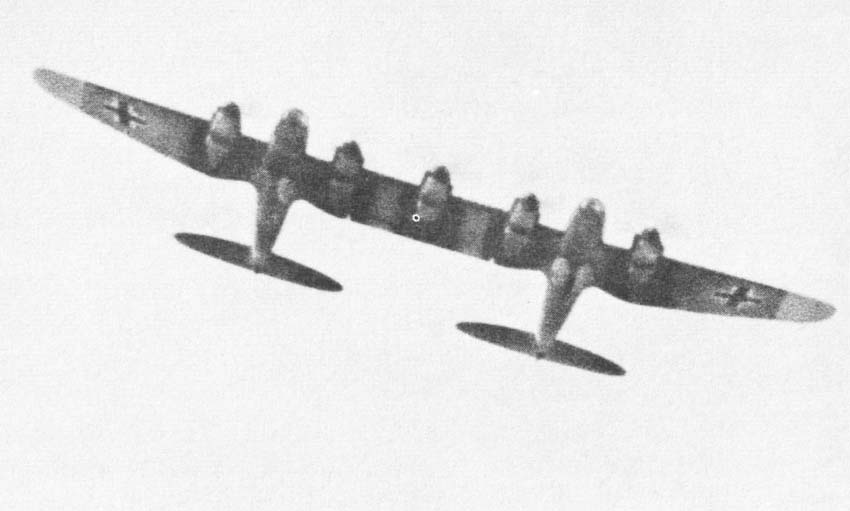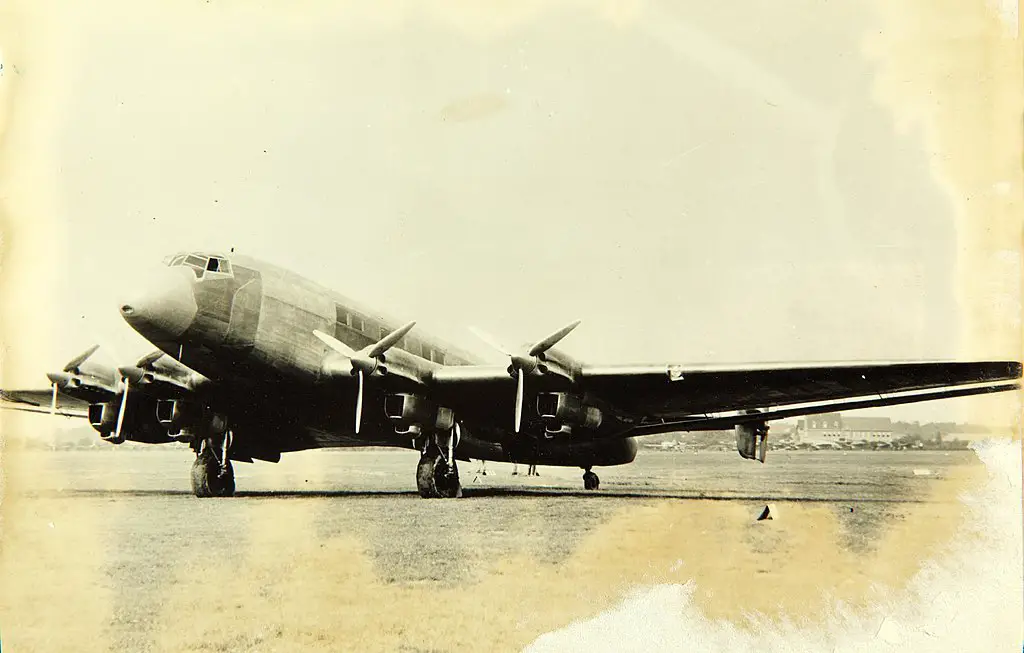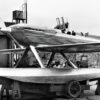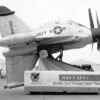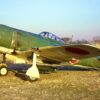Conceiving the Twin Behemoth
During World War II, the Luftwaffe embarked on a mission to dominate the skies, which led to the creation of some of the period’s most innovative aircraft. Among these, the Heinkel He 111 Zwilling stood out, not for its firepower or speed but for its solution to a complex logistical problem: effectively towing the massive Messerschmitt 321 Gigant glider. The limitations of traditional towing methods necessitated a radical approach, culminating in the development of the Zwilling, an aircraft that defied conventional design and operational approaches.
The challenge was apparent: the available aircraft, including the Junkers Ju 90, could not muster the strength to tow the Gigant. Early attempts at solving this problem, involving multiple aircraft and rockets, proved too hazardous. This dire situation led Ernst Udet to pursue a safer, more efficient alternative. The innovative concept of merging two He 111 bombers into a single entity stemmed from an urgent need for a capable tow aircraft, grounded in solid engineering insights and a clear understanding of the task’s demands.
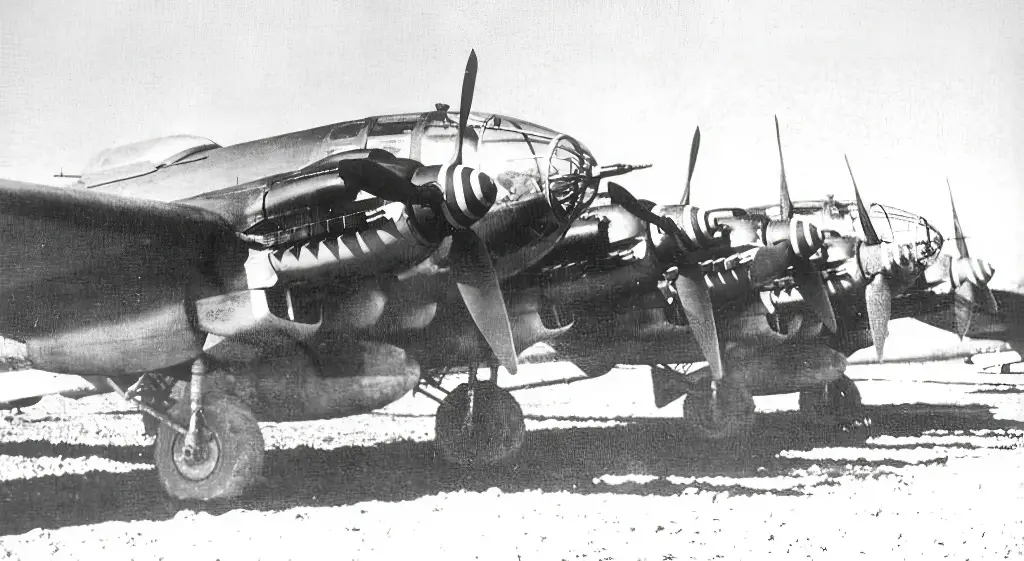
The Double-Edged Design
Heinkel’s engineers took on the formidable task of reconfiguring the He-111 to serve a dual-fuselage role. Crafting a central wing section robust enough to bind two fuselages while ensuring adequate lift and structural integrity posed a significant challenge. However, the engineers’ approach, which required few new components but a complete overhaul of the aircraft’s aerodynamics, proved both ingenious and practical. Introducing a fifth engine into the central wing was a masterstroke, bolstering the aircraft’s power without compromising design practicality or the project’s stringent deadlines.
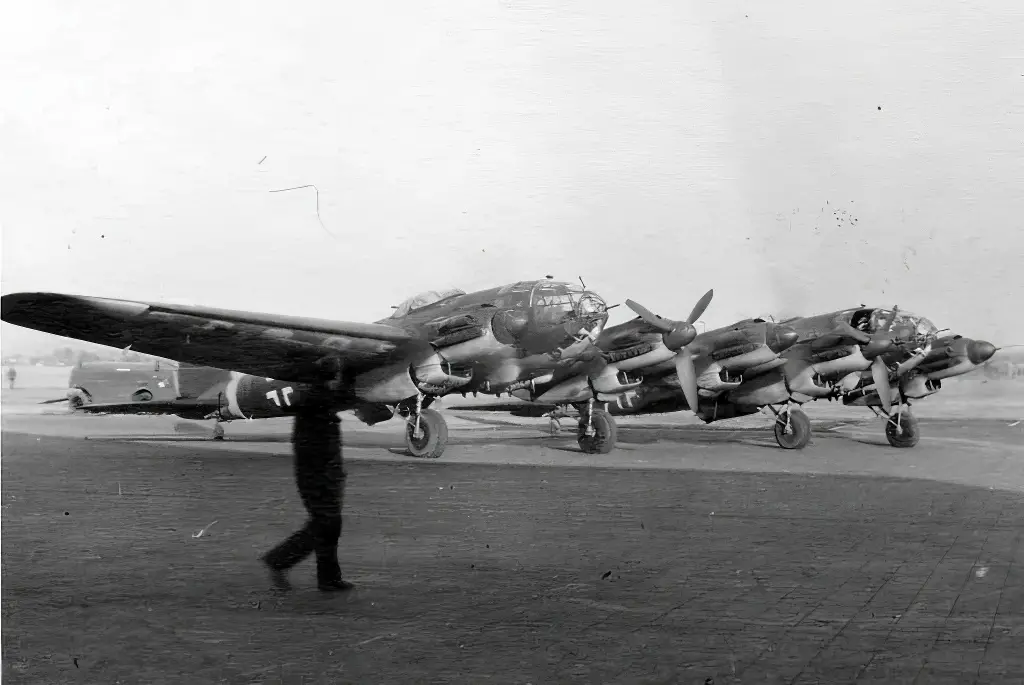
The Zwilling’s maiden flight validated the project’s success, showcasing exceptional performance and handling that affirmed the design’s bold vision. Further testing, notably the successful towing of an Me 321 with a simulated load, reinforced the Zwilling’s capability to resolve the Luftwaffe’s towing challenge. Even a forced landing due to mechanical failure could not overshadow the project’s momentum, which quickly advanced to production.
Triumphs and Trials
Despite its groundbreaking design and testing achievements, the He 111 Zwilling encountered significant operational hurdles. Its primary role of towing the Gigant faced limitations due to the demanding nature of the task and diverse operational environments, from the Eastern Front’s unforgiving terrain to the logistical hurdles of resupply missions. Nevertheless, the Zwilling’s adaptability, demonstrated through its capacity to tow various gliders over extended missions, showcased its invaluable contribution to the Luftwaffe, albeit not enough to cement its long-term operational status.

The decision to cancel the Zwilling’s production underscored the shifting dynamics and resource constraints as the conflict progressed. The operational challenges, including inadequate landing sites and the ascent of Allied air superiority, further constrained the Zwilling’s utility. The aircraft’s retirement in 1944 marked the conclusion of an audacious venture in aviation engineering.
